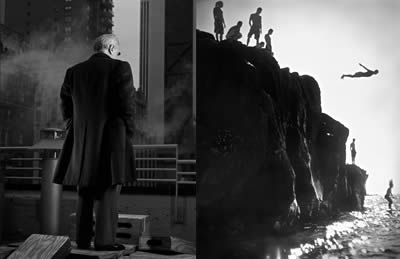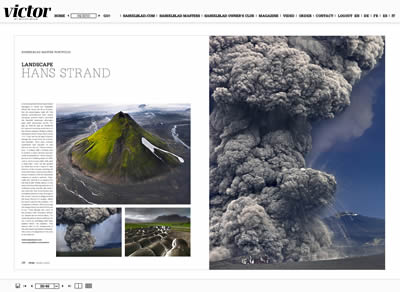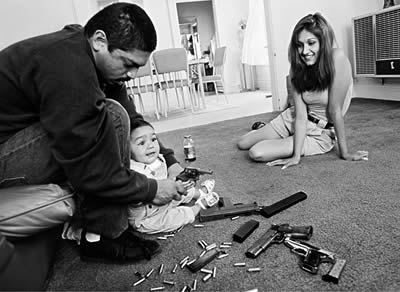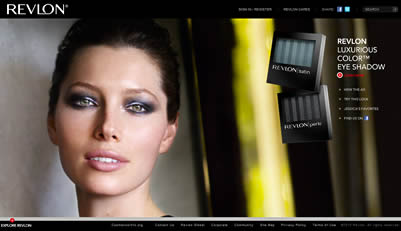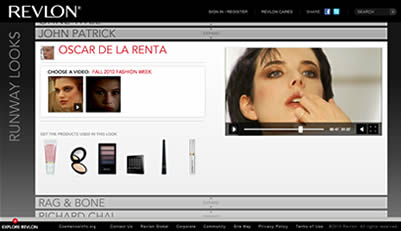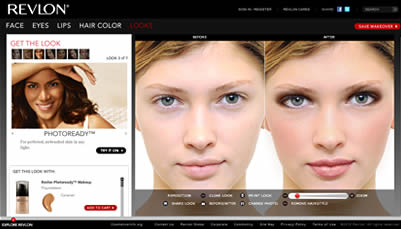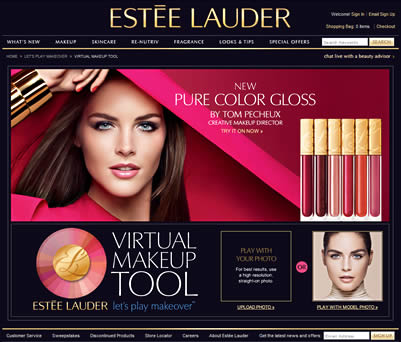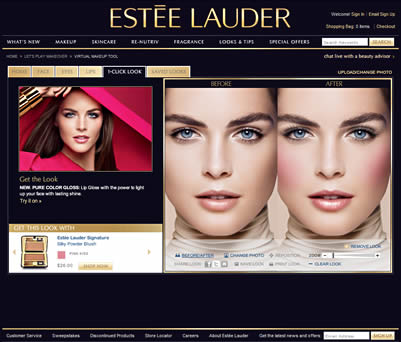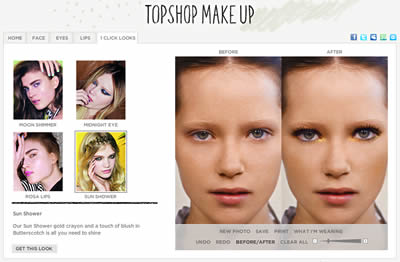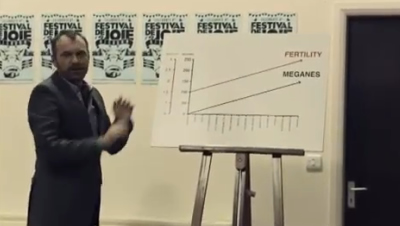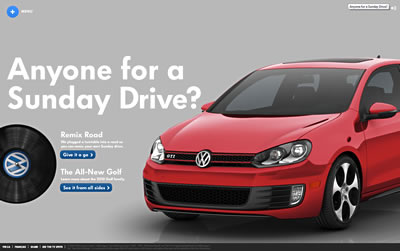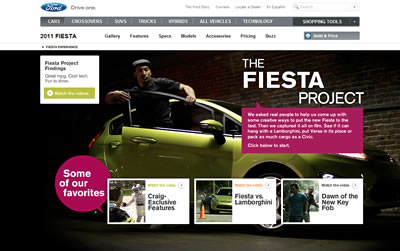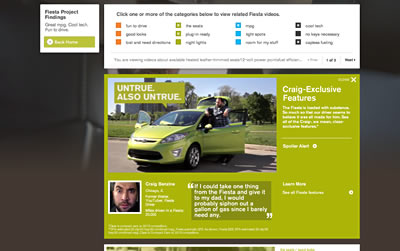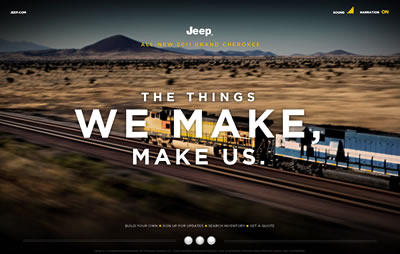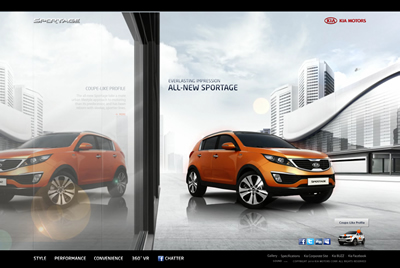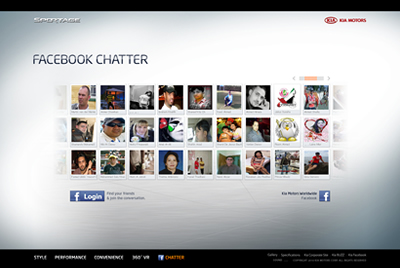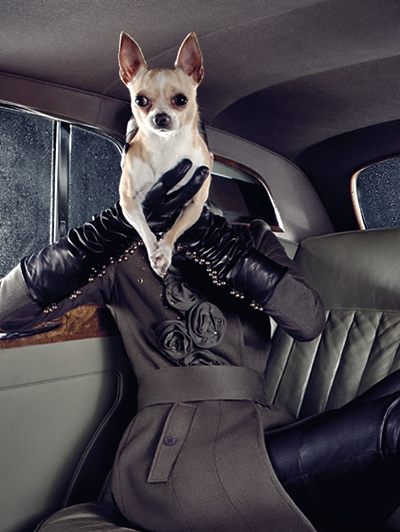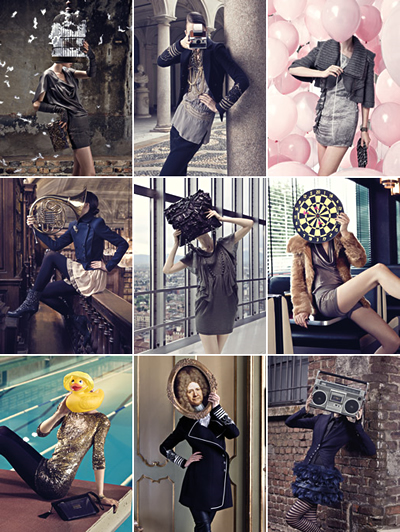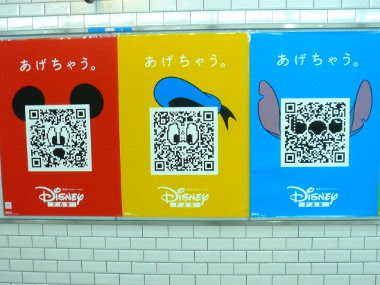Photography & The Digital Age
When iPad arrived and all these apps started popping up, I was really not getting all the hype. It’s just an enlarged iTouch. Right? Then I saw The Guardian‘s iPad app, Eyewitness, and I was blown away by how crisply and smoothly presented the images are. The application brought the message to the medium perfectly and the result is breathtaking: The touchable images are so right there in front of you, they litterally take your breath away.
This little moment brought to mind what the photographer and director Michael Grecco wrote in his blog about “The Crazy Industry” that is photography:
I don’t think we’ve even begun to see the visual changes ahead. I think photography will become this hybrid thing on peoples devices that will incorporate the beauty of the still images in composition, content and feel, but then it will additionally be able to move, inform, and help you act.
With the shrinking of the print world, there will be interesting changes on the way work is presented for photographers and artists alike. Like putting up an online portfolio to showcase your work, magazines are also converting to the digital form.
Martin Scorcese, Divers by Michael GreccoMichael pointed out Issuu.com, a digital publishing platform that can turn your print publication into its digital version that works on the web or even on the iPad by a simple upload. It’s a great way to simplify the presentation layer while creating a database of work by others that allow photographers to see what’s out there and basically “gives me a perspective, not only on myself, but on our society and where we’re heading visually.”
There are other digital publications out there that provides stunning and inspiring photography. Take Victor by Hasselblad and Visura Magazine, beautiful photo glossies.
Victor by Hasselblad: Lanscape by Hans StrandVisura Magazine: Personal Violence by Joseph Rodriguez
For dailies, here are my favorites:
- The Big Picture (Boston.com/The Boston Globe)
- Plog Photo Blog (Denver Post)
- Photo Journal (The Wall Street Journal)
Dramatic, touching, heart-breaking, uplifting… These images should inspire more than just photographers, but also creative minds to find new ways to experience them.
p.s.: I didn’t include National Geographic because it’s just so obvious, no?
